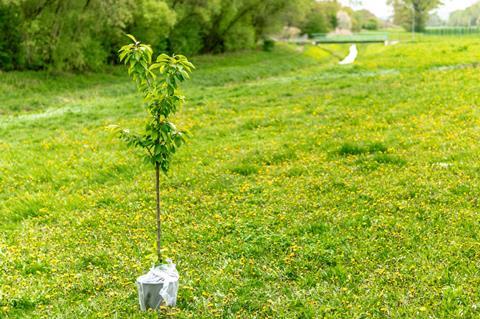
As we struggle to keep temperatures within 1.5°C of pre-industrial levels, it is now widely acknowledged we are running short on time to avert a climate catastrophe. We know we need to both reduce and sequester the carbon we create.
Our forests are one of the best stores of carbon and are therefore fundamental to mitigating climate change. However, the cost of preserving forests is estimated to be c$393bn per year, which governments alone cannot cover.
This is where the carbon offset comes in.
For the past four years and ongoing, businesses have been encouraged to step up and take responsibility for their carbon output through a tax (carbon credits), which counteracts their carbon outgoings (a carbon offset).
Excited by this solution, two years ago, we undertook a full carbon life cycle (no easy feat) of our products to better understand our carbon footprint as a business and know what areas we could change to reduce our impact. We then worked to offset our carbon across two different projects in the UK and gain carbon neutral status. However, the more we have delved into different offsetting schemes, the more confusing and less trustworthy some ‘offsets’ become.
Many projects give very little transparency, and the industry is brimming with stories of projects that were funded but never existed, or trees that were planted and counted several times over. On top of this, offsetting schemes can range between $4/tonne in developing markets and up to $60/tonne in developed. These prices make it more and more attractive to some farmers in the UK to explore using their farm for off-setting schemes rather than growing food.
Carbon offsets are great in theory. The funds are provided by businesses (they feel warm and fuzzy), and we can protect our ecosystems. However, in practice this unregulated market is hard to govern and there are many methodologies for how the offsets are calculated.
Given time is of the essence, we need to figure a quick working solution to better monitor carbon offsetting and prevent the scepticism of the market. Businesses also need to look internally at their own carbon footprint and invest in ways to reduce the overall carbon output alongside authentic offsetting schemes.



















No comments yet